
Chiefs Oppose Rock Quarry
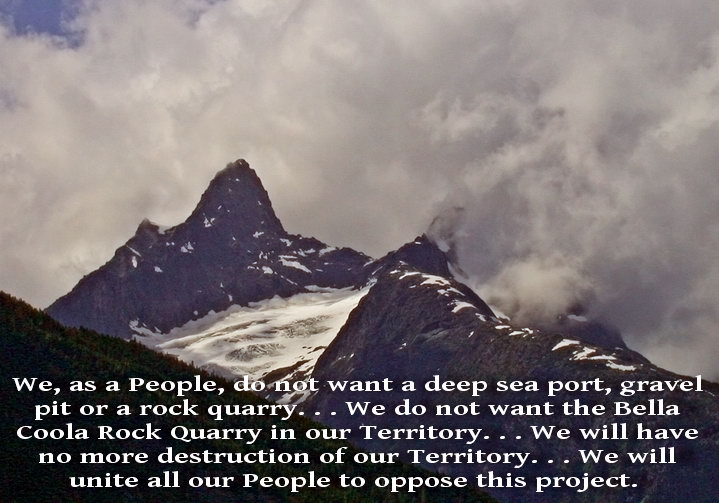
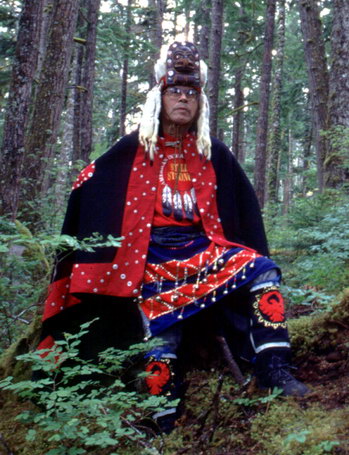 |
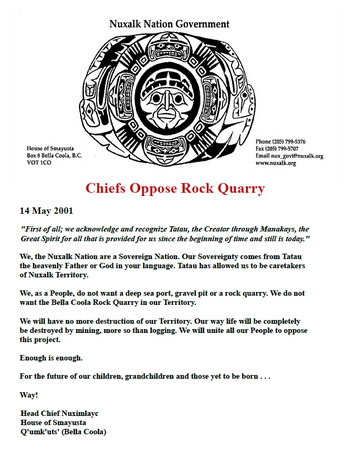 |
|
Right: Nusatsum Mountain and River. Nusatsum is very
important to the Nuxalkmc, from the time of our most ancient history.
We do not want the Polaris mining corp to destroy Nusatsum Mountain for
industrial gravel. |
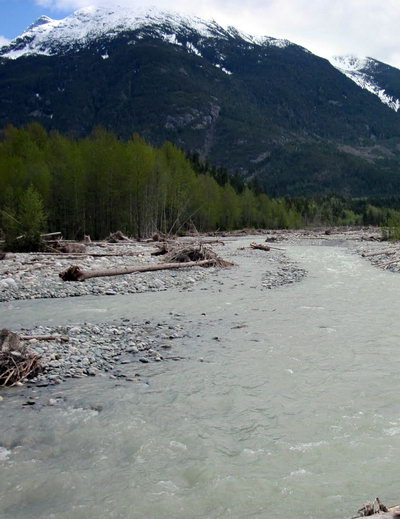 |
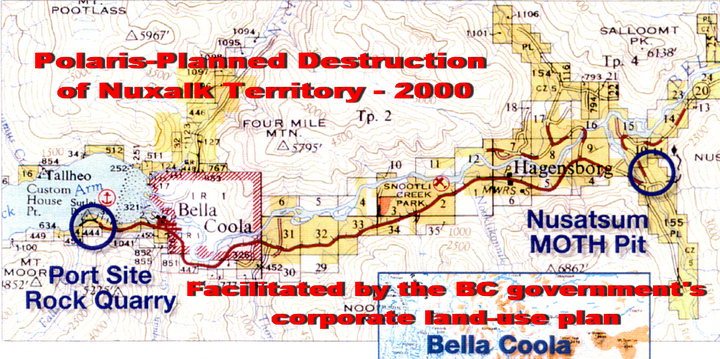
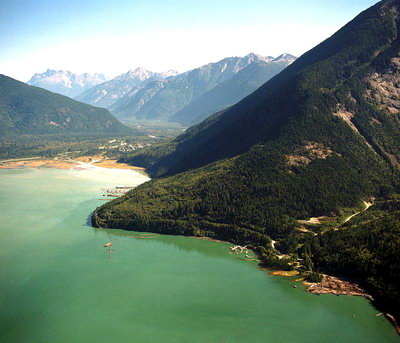 |
Above: "Scoping
Document, Bella Coola Quarry and Deep Sea Port, No Cents Holdings, June
2000." This BC government map is published by the BC Land
Use Coordination Office (LUDO) to facilitate its "corporate vision
for land use."
It shows how embedded the government is with Polaris Minerals corp, which
owns No Cents Holdings. The industrial exploitation of Nuxalk Territory
has continued ever since the government set up the Bella Coola Indian
Reserve in the late 19th century. |
|
Right: Website page of BCRock.com. Screenshot 2012. This
website is a front for Polaris Minerals corp and No Cents Holdings. It
is proof of the continuing threat to Nuxalk sovereignty. The Nuxalk Nation
is appropriated to make it seem as if there has been consultation and compliance.
Despite devious tactics by Polaris including bribery
to comply with a "joint venture agreement," the Nuxalkmc did not cooperate. |
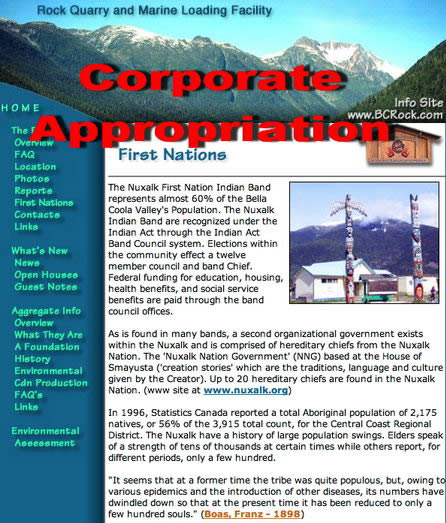 |
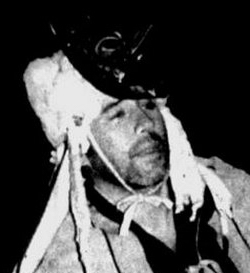 |
Left: Marco Romero, known
as "The Snake" for his poisonous treacheries. Nothing is too
low for him to satisfy his greed. Romero learned his tricks
while working in BC with Rio Tinto, one of the world's most disreputable
mining corps. |
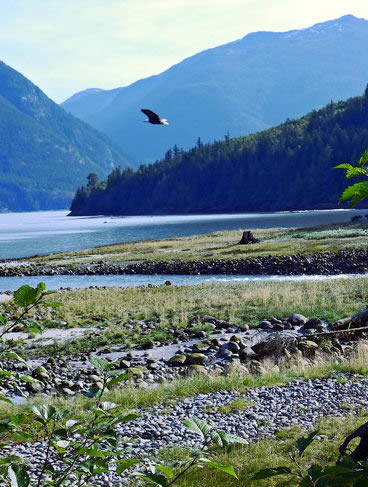 |
Nuxalk Commentary: "We
wish to submit an open commentary about the way that the Polaris corporation's "Bella
Coola Aggregate Rock Quarry" will damage
our environment and our traditional way of life and culture. The type
of chemicals used to clean and wash the raw products will destroy the
estuary, the Bella Coola River, and the marine life as we know it today.There
has been tremendous corporate lobbying of the local leaderships and community
people who may have limited knowledge of the impacts and the type of
threat that this poses to our region. |
Nuxalk
Commentary: "People
have desecrated Nuxalk Territory for years in the name of economic benefit
and gain. The problem is apparent only when you ask: To whose benefit?
Well, guess again Nuxalk peoples, again it's not for you! I am guessing
that the beautiful space of Bella Coola is quickly going to be something
of the past. What a shame! . . . |
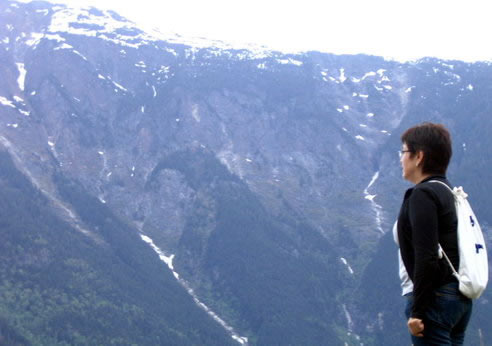 |
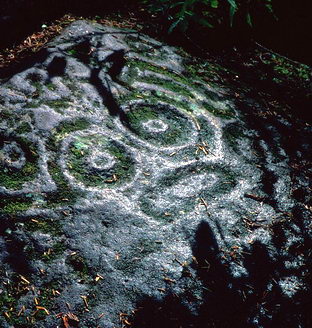 |
Nuxalk Commentary: "I
am from the Bella Coola Valley and have lived here almost all my life.
The last thing we need is to have this project go through and watch the
rest of our heritage go down the tubes. Let's hear comments from those
town that have been robbed of their natural beauty because of company's
like you. I bet you don't live in a town where projects like yours have
destroyed them. Put some of those towns on your web as well as the comments
from the people residing within that town. |
Nuxalk Commentary: "It
will be virtually impossible for the Nuxalk to have any effective objection
to the project. If we tried to get an injunction to stop Polaris Minerals
in the future, a judge will weigh the time and money that they have put
into the project against Nuxalk interests. |
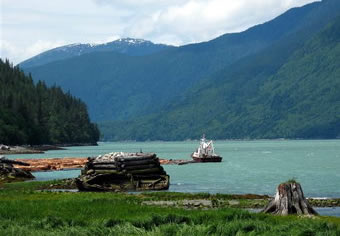 |
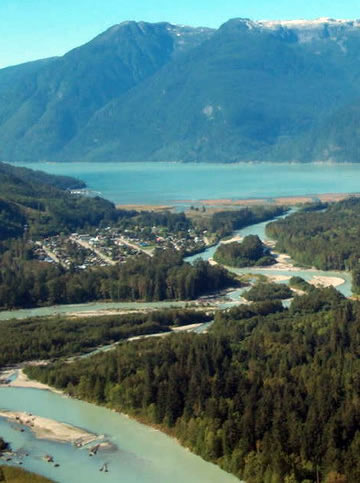 |
Nuxalk
Commentary: "I believe there will be protest against the rock quarry.
There does remain a number of Hereditary Chiefs that maintain a position
of sovereignty, with support of Nuxalk people who do not want to risk
any threat to the ocean environment, which is viewed to be the 'gateway
to our salmon to our Bella Coola River. Currently, the main threat or
concern would be the installation of a deep sea port. More research,
environmental studies and education are needed to fully understand the
possible ramification of such a port. |
The Poisonous Fangs of Polaris |
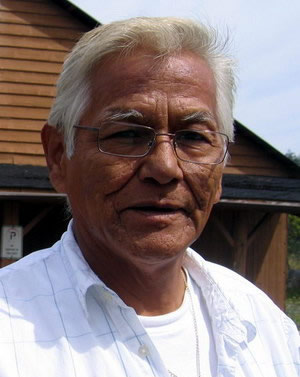 |
Left: Kwakiutl Chief Councilor
Rupert Wilson. When Marco Romero
failed to get his Bella Coola Rock Quarry approved by the Nuxalk
in 2001, he moved over to Kwakiutl Territory on Vancouver Island. He
first propositioned Chief Wilson who refused to be duped because the
benefits to the Kwakiutl were too low. Romero then went behind the back
of Chief Wilson and bribed another band councilor. Due to his lowly tactics,
Romero is called by Chief Wilson "The Snake." No proper referendum
on Romero's mine was ever held among the Kwakiutl People as required
by law. Instead Romero went to the neighbouring 'Namgis First Nation,
making them a 12 percent partner in his so-called "Orca" gravel
mine. |
Nuxalk Commentary: "Here is some information that reveals how Polaris Minerals attempted to work with No Cents Holdings and the Nuxalk Band Council. It gives an idea of the dialogue that went on with the 'Namgis and shows their concerns about the Polaris mining investors. They were worried and did not want to see Polaris come to their territory. It also shows what Polaris does and how it operates within the native community. It is really crude and corrupt. A Nuxalk band council member was promised some front monies; in exchange he was willing to do all the work along with a couple of other band council members. Thus the old regime approved the Polaris "joint venture" and left the mess for the new band council to face. It went ahead with the marine study for the Polaris project. Flyer information was sent out naming the board of the marine study, an act that follows under the 'damned if you do and damned if you don't' cliche. . ." Qwatsinas (27 June 2007). |
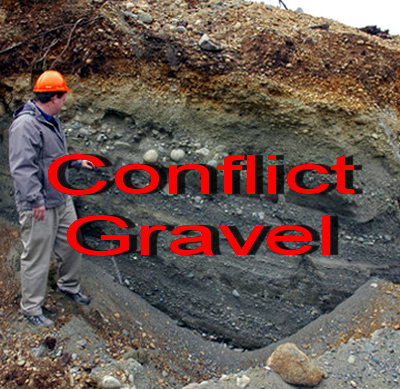 |
Left:
"Conflict Gravel." This Polaris open
pit gravel mine is located on "hot"
(contested) land protected by the 1853 Douglas Treaty rights of the Kwakiutl
Indian Band. It is part of the Cluxewe River Watershed and contains a
rich archaeological heritage. An ancient Kwakiutl village and important
salmon harvesting site is located at the mouth of the Cluxewe River.
|
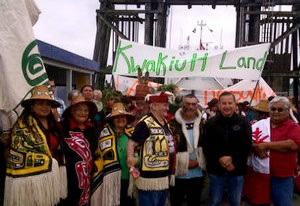 |
Left: Kwakiutl "Take Back Our Land" Protest, 4 August 2011. The Kwakiutl protest was against the BC government and Western Forest Products for their blatant disregard of Aboriginal Title & Rights. Attending the protest was Grand Chief Stewart Phillip (in blue) of the BC Union of Indian Chiefs. Lack of consultation and accommodation in relation to the exploitation of their land and resources has forced the Kwakiutl First Nation to take legal action against Canada. They are demanding that Canada uphold their 1853 Douglas Treaty which preserves for their use all land extending two miles inland along the coast between Port Hardy and Port McNeil. |
Right:
Cover of the 2010 annual report by Polaris Minerals corp with red text
added. Quotes taken from the Polaris report are lies: Polaris does not
respect Aboriginal Title & Rights. It destroys Indigenous land, resources
and heritage. Just take a look at what Polaris has done to the Kwakiutl
by destroying the Cluxewe Watershed with its billion dollar
rock quarry and industrial port. This was what Polaris wanted to do in
Nuxalk Territory. |
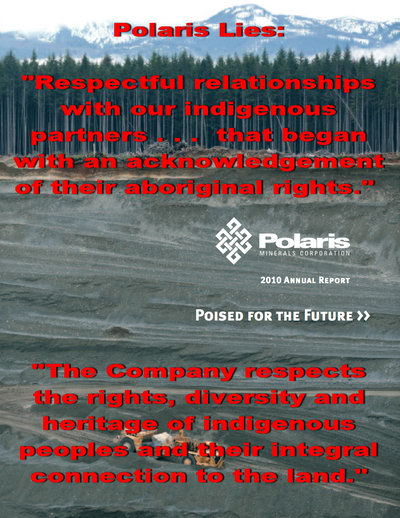 |
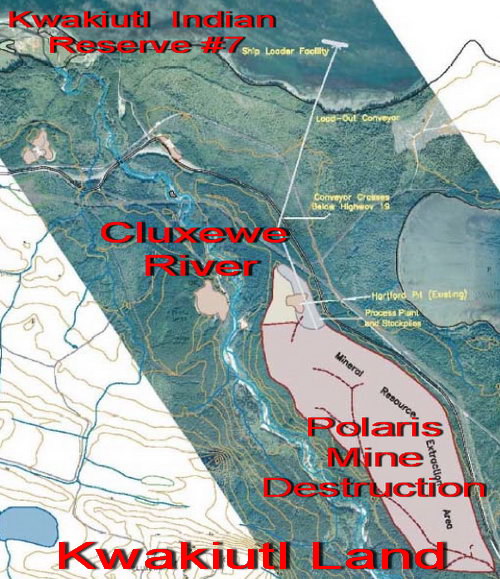 |
Left: Topographical map
of the Cluxewe River and Watershed, showing the 350 hectare Polaris open
pit quarry calculated to make a profit of some 4.3 billion dollars
over the next 30 years. Despite being on contested Kwakiutl
Land, the mine was approved wiith record speed,
including a federal foreshore lease, A legal attempt to stop the Polaris
project by the Queackar Komoyue Nation was quashed by the court in 2005.
|